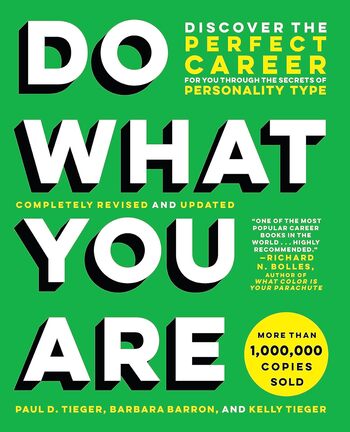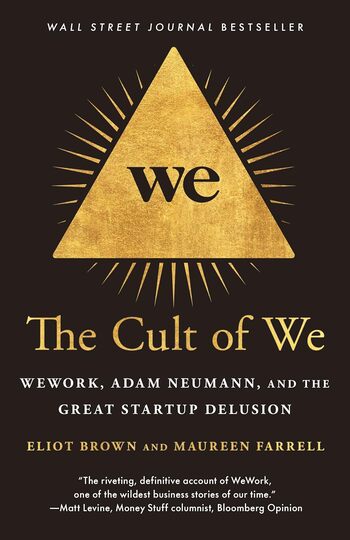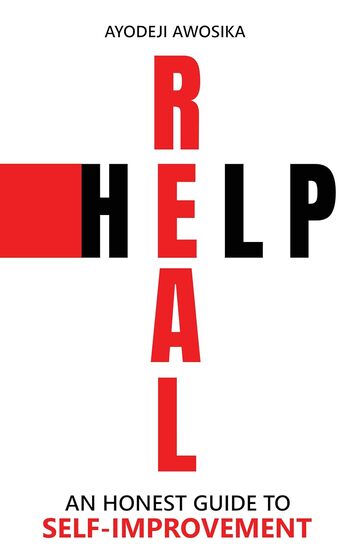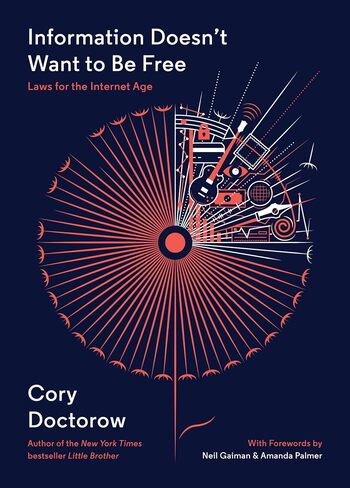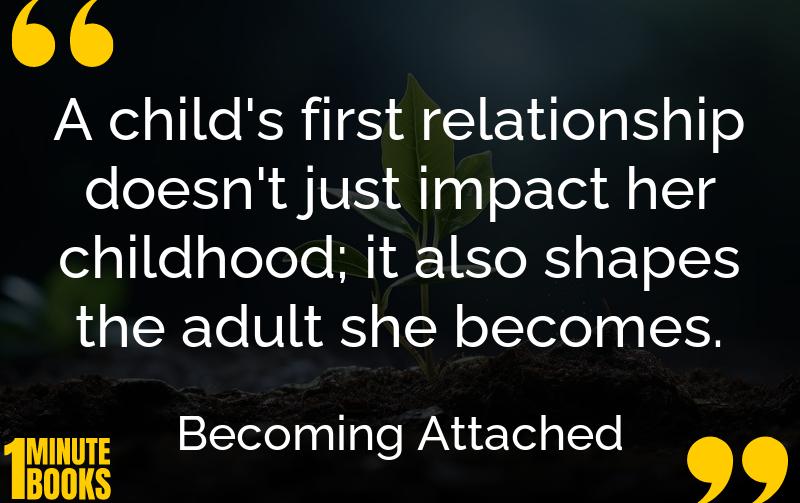
Becoming Attached explores childhood attachment from a psychological perspective, highlighting the significance of forming secure bonds. Karen integrates theories and research to demonstrate the impact of attachment on lifelong development.
Main Lessons
- Attachment is a vital developmental process that begins in the first year of life.
- Different attachment styles, as defined by Mary Ainsworth, include secure, ambivalent, and avoidant.
- Secure attachments lead to happier, well-adjusted individuals.
- Separation anxiety can have long-lasting detrimental effects on children.
- Parental behavior is crucial in forming healthy attachments.
- Parental attachment styles often influence their children’s development.
- Intervention, such as counseling, can help improve insecure parent-child attachments.
- Daycare quality affects child development; adequate training and resources promote positive outcomes.
- The impact of daycare is influenced by parental involvement and emotional availability.
- Negative attention-seeking in children is a way to test boundaries.
- Early experiments with baby monkeys highlighted the importance of warmth and closeness over basic needs like food.
- Attachment theory underscores lifelong relational patterns.
- Appropriate engagement and support can foster better parenting strategies.
